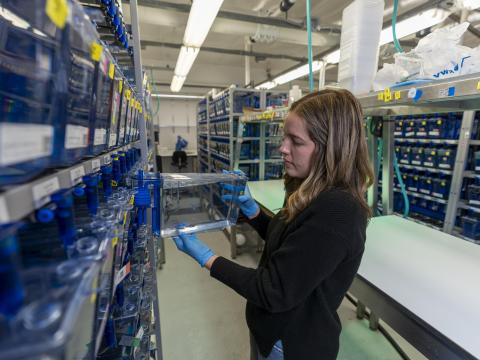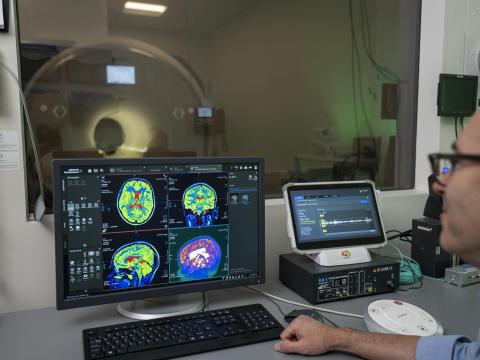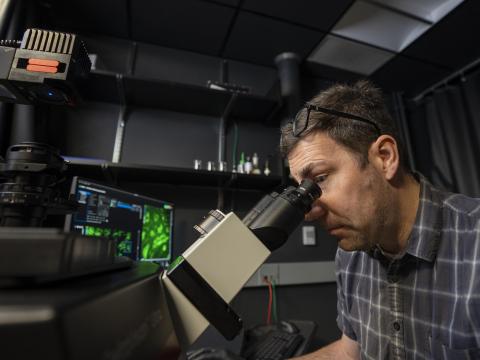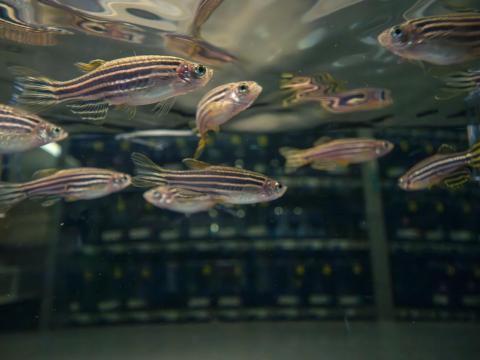
AqACS provides support for researchers using aquatic and semi-aquatic animal models, primarily fish, to study vertebrate genomics and vertebrate development.

GC3F supports life science research with advanced instrumentation, including DNA sequencing, advanced light microscopy, flow cytometry, sample prep, microscopy, and fragment analysis.

LCNI is a core research facility supporting a wide range of interdisciplinary, multifaceted research in neuroscience and biological imaging.

OFAD operates the scientific instrument machine shop and the fabrication and 3D printing labs at the University of Oregon. It is staffed by professional machinists who support internal and external research projects through design and fabrication.

ACS is responsible for administering all activities related to the care and use of animals.

The imaging facility is part of the Genomics and Cell Characterization Core Facility. It supports scientific researchers and provides high resolution, state-of-the-art microscopy technologies for imaging.

ZIRC provides a central repository for wild-type and mutant strains of zebrafish (Danio rerio) and for materials and information about zebrafish research to labs worldwide.

ZFIN, a sister resource to ZIRC, is an online database for zebrafish genetics, genomics, and development. ZFIN incorporates genetic mapping data from the zebrafish genome initiative and provides links to related gene information in species-specific databases. Researchers can register and submit new mutant allele and gene names to the nomenclature committee.
